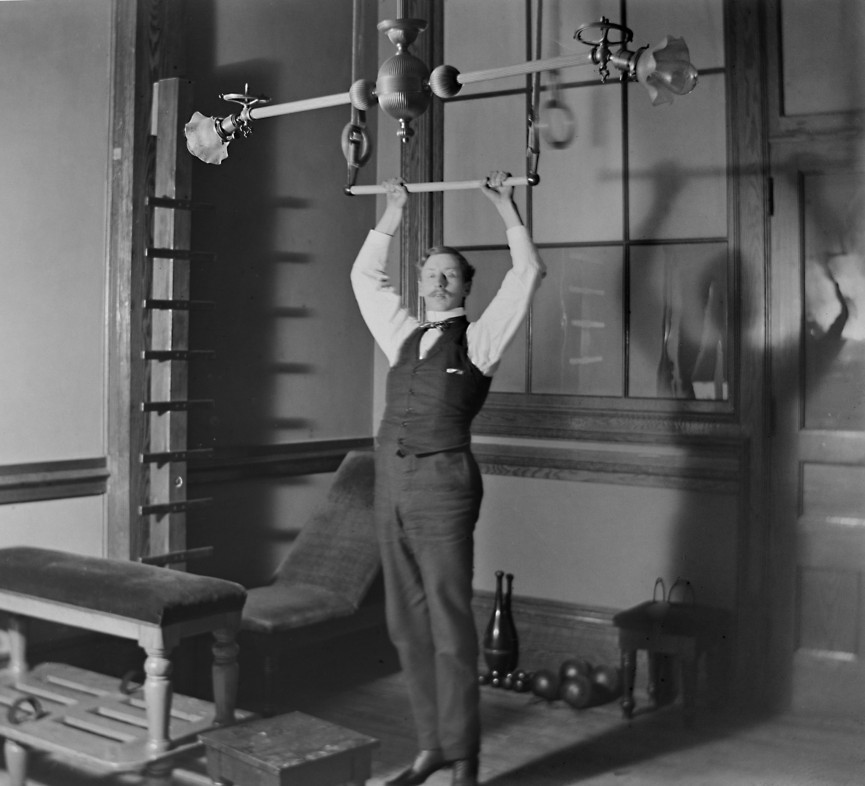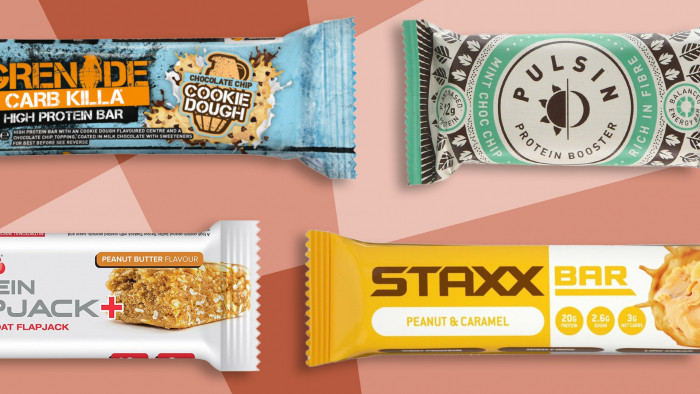No pain, no gain? Experts debunk the biggest fitness myths
Turns out you're probably doing it ALL WRONG, as per


It’s good to keep fit, isn’t it? Like, sometimes it’s not fun and the exact opposite (binging a load of great Netflix documentaries and decking an entire thing of Ben & Jerry’s) is far more appealing, but you cannot deny the benefits of keeping your body in check. We’re not talking 70-inch biceps and pecs that can cut diamond - just being generally healthy, that’s a good thing.
It’s difficult though, ain’t it? How are you supposed to know what to do? Do you go for a run? Lift weights? How long is too long? Are you supposed to actually sweat? Is blood meant to come out of your ears? So many questions.
So we asked the experts from Vivotion.com for the bottom line, because it’s about time we all stopped drinking 35 raw eggs at 4 in the morning and strapping 1kg weights to our eyelids just because SwoleBro69 said so on the bodybuilding.com forums.
So what’s the number one fitness misconception, then? The one thing everyone’s sure is gospel, but actually, ain’t?
“The number one misconception when it comes to working out is that it’s pointless unless you can spend every spare minute you have on the treadmill or lifting heavy weights – any exercise is good for everyone, as long as boundaries aren’t broken.
“If you’re busy at work, squeeze a few press-ups into your lunch hour; if you’re unfit, start with even a few minutes of jogging. Every little helps.
“The thing a lot of fitness enthusiasts seem to swear by, though, but actually always has the complete reverse effect, is the idea of ‘no pain, no gain’.
“Lifting those weights or pushing that machine until it is hurting your body will only result in an increased likelihood of injury, not extra pace or power.
“Of course, the long-term goal is to push your exercise boundaries, but to go home from the gym really hurting – rather than simply tired – is a sign of sheer stupidity, not impressive achievement.”
And the top exercise myths that we promised you we’d debunk? Well, you better duck that bonce of yours because they’re heading your way now:

Contrary to popular belief - this is NOT correct gym attire
MYTH: Do your cardio first, then strength training
TRUTH: Have a short, non-intensive warm up then do strength training
If you do your cardio before strength training, you’ll have less energy to do full sets. Have a gentle warm up before, do your weights then finish with a short burst of cardio.
MYTH: Doing a hundred sit-ups regularly will lead to flat abs
TRUTH: Do a variety of exercises that involve your waist too
Crunches may be iconic, but they aren’t the best way to trim your tum and only involve a small section of your abdominals. You’ll see more of dramatic difference doing planks, bridges, roll ups and the 100 sit ups all working together.
MYTH: If you’re not sweating afterwards it wasn’t a good workout
TRUTH: Sweat is not an indicator of calories burned
Sweating is just your body responding to external conditions to regulate your internal body condition – so it’s likely that your body is responding to an overheated gym rather than a gut-busting workout.
MYTH: You need to work out for 45 minutes minimum for your body to feel the benefits
TRUTH: Anytime spent exercising is good
Even if you have a spare ten minutes. Doing a few jumping jacks or squats will immediately raise your heart rate and give you a boost.
MYTH: Cardio is the best way to lose weight
TRUTH: Grab the weights
Strength training often burns more calories than cardio, depending on the duration and intensity of your workouts. You burn the majority of your calories through your resting metabolic rate (RMR). Weight training preserves your RMR by preserving lean body mass (LBM), which contributes to the calories you burn in a 24-hour period independent of physical activity. In other words, you continue to burn calories long after you’ve worked out.
MYTH: Machines are the safest way to exercise as you are doing it right every time
TRUTH: A personal trainer will know how to work you better
Machines seem to help you do all the movements correctly, but they will only be right if the machine is properly adjusted for your weight and height. You’re better off having a coach or trainer watch you do exercises, on and off machines, to not only make sure you’re getting the best from your workout but preventing injury too.
MYTH: Stretching before can prevent injury
FACT: ALWAYS stretch after
Static stretching is not a great idea before a workout and could lead to injury, you should stretch in this way when you’ve finished as when you’re working out your muscles shorten as they are on a contracted state. If you spend five minutes stretching you’ll get them back into their original state, therefore preventing injury. That’s not to say don’t warm up at all but consider dynamic stretching as a more valuable addition to your pre-workout rituals.
So there you go, that was easy wasn’t it? You are now a fitness expert, thanks to the fitness experts. All those things you were doing wrong, you are now doing right - you are the total package.
Well done, you sexy, healthy, know-it-all so-and-so, you.
(Images: Getty)
Latest


Ten things you need to know about Hyrox


Is clubbing actually good for you? We asked an expert


Horticulturist shares tips on how to urban garden
Related Reviews and Shortlists


Best gifts for runners that they'll actually want and use






